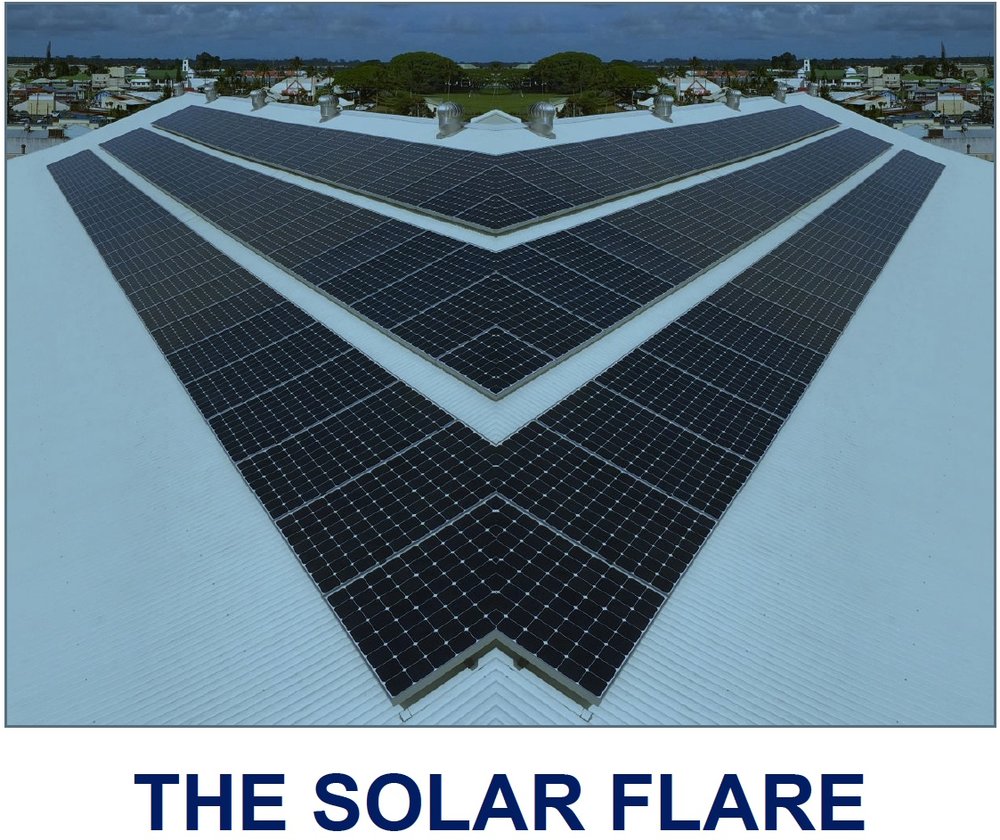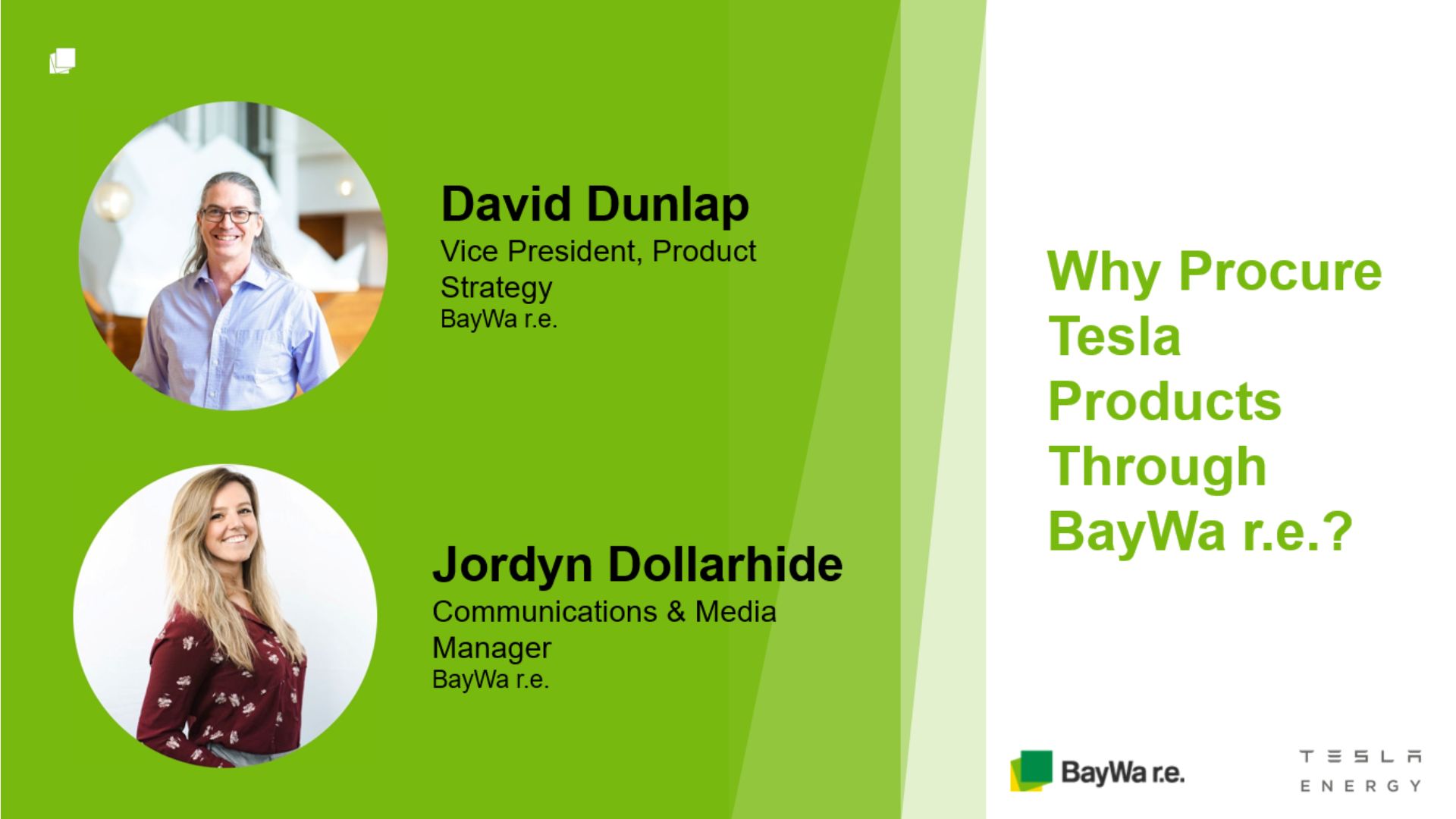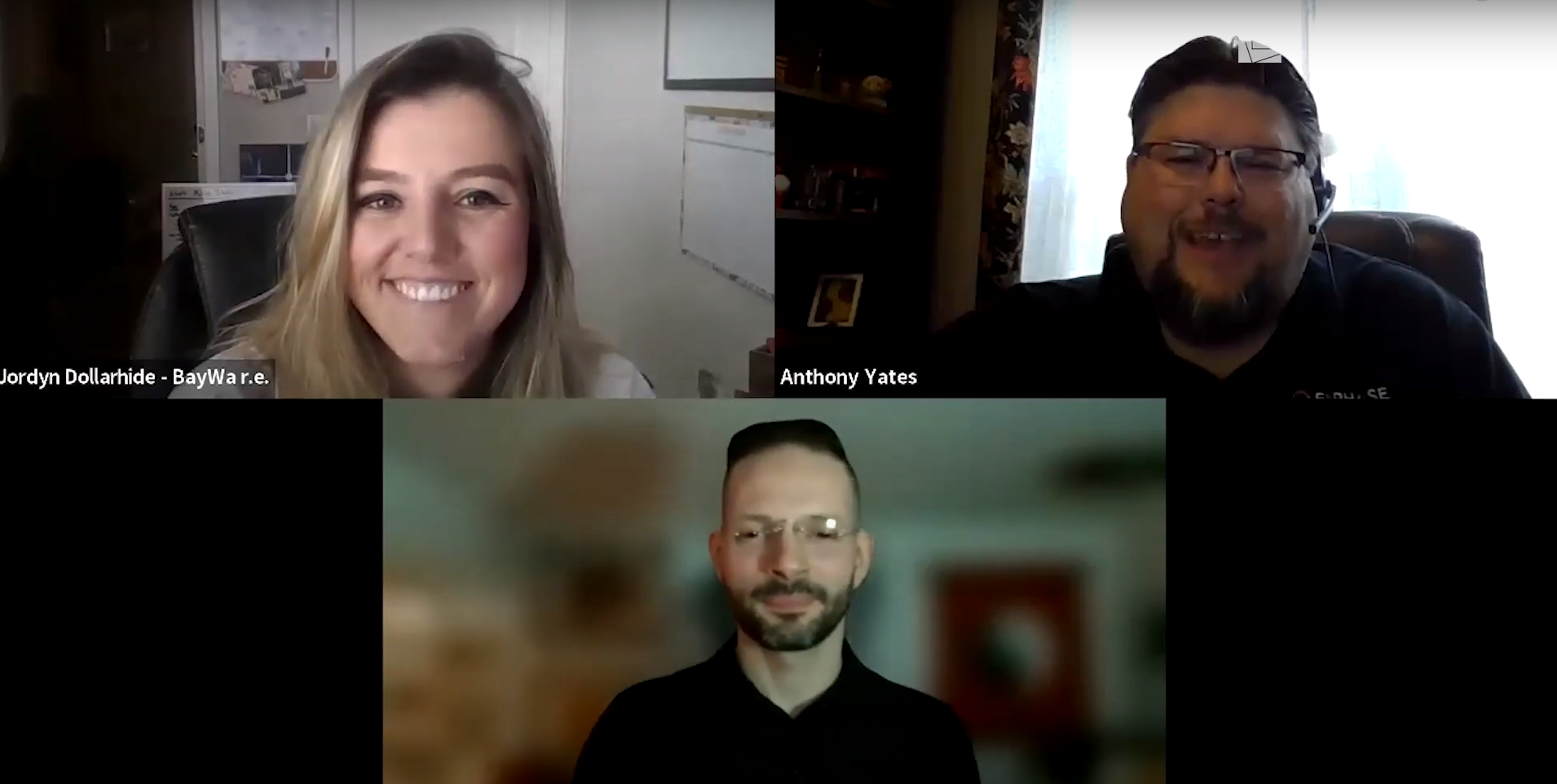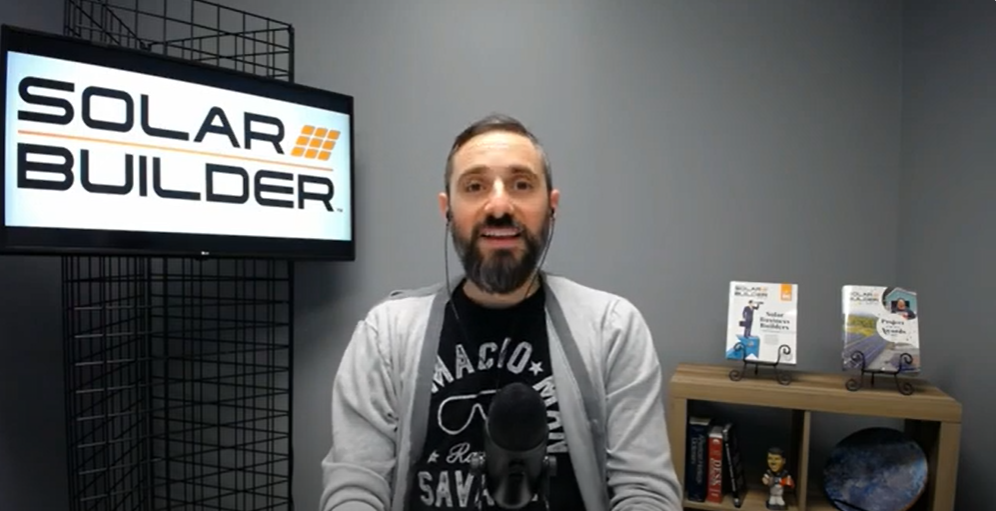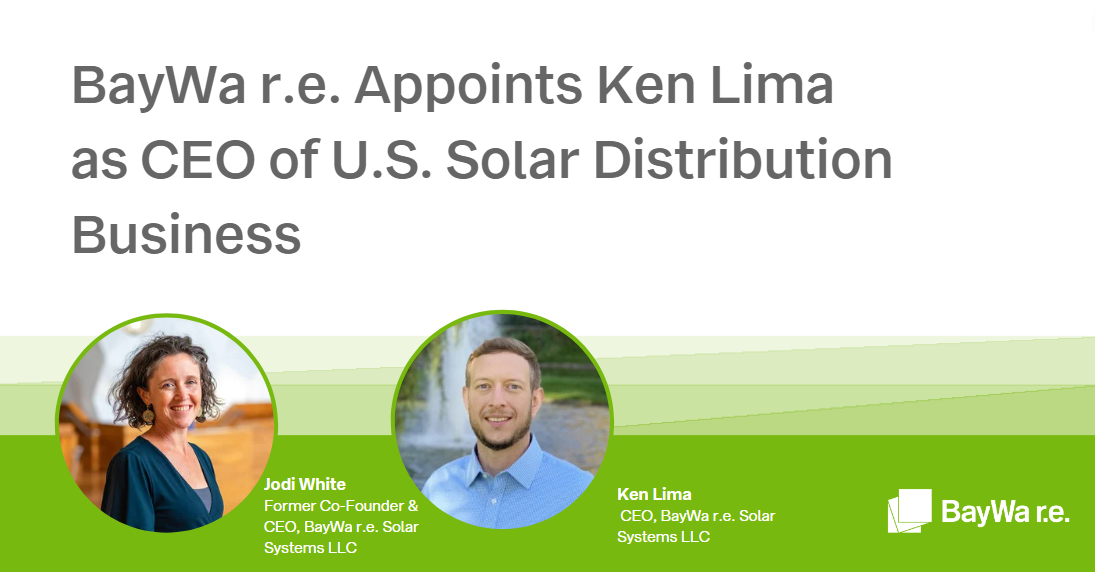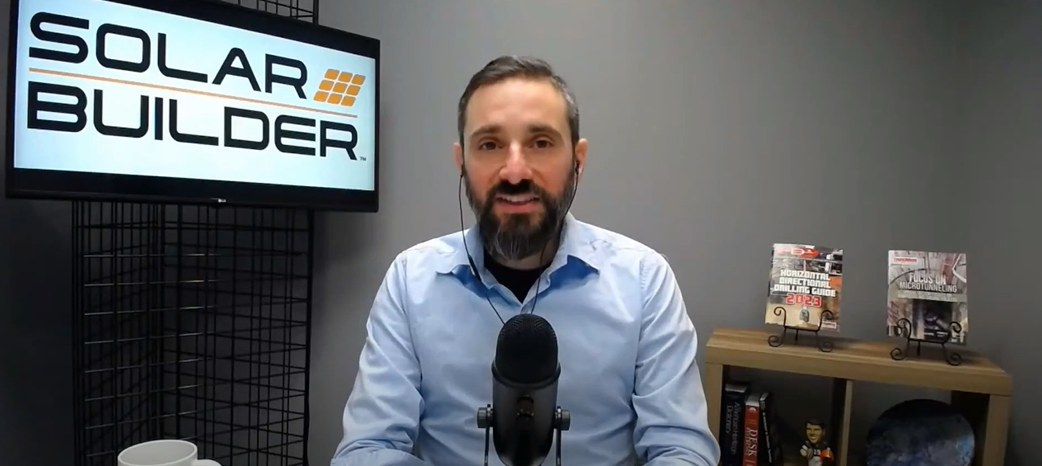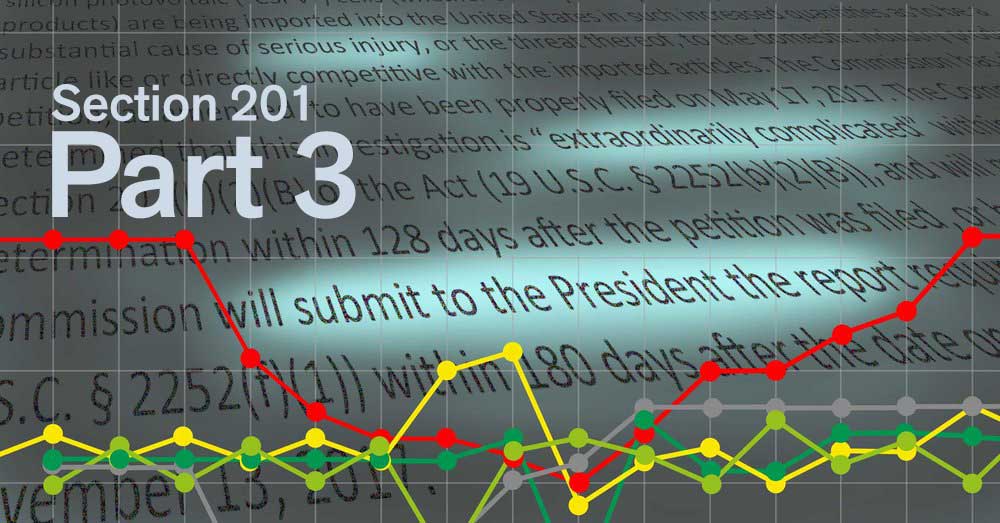
Listen on iTunes or Soundcloud.
Podcast Extras
Free Analysis
Our first guest today, industry analyst Paula Mints, shared a download of her latest issue of the Solar Flare. This includes Notes from the Market Research Underground: US Trade Case Recommendations Analysis and Implications; valuable reading for all those interested in the trade case. Thanks to Paula.
Transcript
Note: This conversation has been edited for length and clarity.
Tom: (Tom Miller – Editor, Solar r.e.view) Hi, Paula. Thanks for taking the time today.
Paula: Thanks for asking. I appreciate it.
Tom: So what is your take on the latest commissioners’ recommendations?
Paula: Well, there are three sets of recommendations and, as I covered in the Solar Flare, they range from low-impact to impactful.
Just to digress a tad, I would say the worst thing that’s happened—the worst outcome—is that our industry is now vulnerable to the Trump administration and whatever they choose to do. And that is actually the worst thing. So we’re now in a situation where whatever the recommendations are, the Trump administration could take them up if they choose to. They could also combine them. They could make them worse by saying, No, this is not what we want, let’s do even more. So we’re vulnerable. SEIA is lobbying, but we’re really vulnerable to an administration that favors coal and doesn’t hold solar and wind in high esteem. That is the worst outcome here.
The other outcome that is worse than any of these recommendations is simply the uncertainty.
The other recommendations, yes, we know what is recommended. But what will be the outcome? We don’t know. That means there is uncertainty in the market.
Indeed, in the range of hasn’t been mentioned but possible, the administration could make whatever they decide retroactively to November 1. They may not do that, but they may.
That means manufacturers shipping into the US need to think very carefully. That means buyers in the US have to think very carefully. On the face of it, reading this, the people that will be most impacted are the small to medium installers of solar products. I think you could make an argument, for any of these recommendations, that the larger utility-scale guys—who are buying in quantity—the tariff could be absorbed. There’s no minimum price here, so a tariff is built on top of whatever the import price is; you just lower the import price. And that’s what happened before; so the bigger guys don’t see an effect. In Europe, there’s a minimum price, so all you do is lower the minimum price. There are ways to work around these things.
I’ve written about this again and again: when governments reach in and tinker in this way—without a full understanding of how the market has been operating—it’s almost impossible to get it right.
So that’s a very long preamble to say: For all of these recommendations, there are countries and technologies that are not impacted. First Solar, CdTe, Solar Frontier, CIS and REC multicrystalline in Singapore. The tariff recommendations may benefit Solar Frontier or First Solar, but not that much. REC is a crystalline manufacturer—and they’re in Singapore—so they haven’t been impacted. Their major market is, indeed, the US—so they’re already putting in equipment orders.
I have to say, nothing could still happen. That is, the Trump administration could simply not take up the tariffs. Also, manufacturers from the impacted regions could potentially choose to ship through the markets that are not impacted and avoid the tariff for a while. And, by the way, that’s happened before. So the tariff on cells is negligible. It’ll be absorbed by larger producers. Smaller guys, the tariff on modules is too high to be blanket-absorbed, but likely will be absorbed for larger multi-megawatt buyers. And, as always, it’s the small guy that gets hurt, including the smaller module assemblers.
So for the Vice Chair, and Commissioner Williamson, my commentary is essentially that the impact on cell imports is negligible, as the US is only slightly over 1 GB of module-assembly capacity. As it stands, imports from cells are unlikely to be high enough to be impacted. The higher tariffs from modules are unlikely to be absorbed, even from larger buyers. And again, there’s the option to ship through the other countries. We don’t know what’s going to happen, in terms of what is chosen.
And finally, Commissioner Broadband, her recommendation was the most expansive, in terms of her opinion, and shows, in my opinion, both a vast misunderstanding of the US solar market—PV products—and some sympathy to it—not wanting to do it some harm. But you actually can’t have it both ways.
She has recommended something that won’t be very impactful. A one-cent tariff, set by auction, on the face is not impactful—or not very impactful. And also, quite candidly, maybe not even workable. It doesn’t make a lot of logical sense. That [one-cent tariff] would be the lowest potential of being adopted, in my opinion. She excludes the same countries, meaning there’s the same ability for a workaround. She singles out Mexico, which effects SunPower, and that’s not good.
So what does it mean? It means the uncertainty of sitting around and waiting while SEIA lobbies—hopefully successfully—and see what happens. And Commerce Secretary Wilbur Ross has basically said that he wants to wait on pending steel import tariff, until after tax reform. So he could choose to wait on this until after tax reform for solar tariffs.
You have the US Trade Representative, who has both advocated for increasing tariffs and against tariffs on the part of Japan against US Beef. So you can’t have it both ways there.
Trump favors tariffs, but he also favors coal, so he might make an example of us.
Again, the worst thing is the uncertainty—and that’s my opinion.
Tom: So what should those small to medium installers be thinking about in terms of their businesses?
Paula: Well, you know, there’s going to be a lot of opinion on this—written again and again and again. Unfortunately, nobody can really say. Offering an opinion on something—when nobody knows what will actually happen—is doing a disservice to the small and medium installer, who listen to all of these differing opinions. And they either panic or say, What am I going to do? And throw up their hands. These are small-business people and they are the backbone of our industry.
Here’s what they need to do: traverse through the valley of uncertainty, which is the worst thing that can happen to humans individually, or people trying to operate in a market.
The best advice any analyst can give any of their clients is to take a look at what the worst-case scenario could be and prepare for it. The worst case could be the highest degree of tariffs as recommended.
And you’re welcome to publish what I wrote on this. I don’t usually do that, but I really think people need to stay the course and understand that the worst thing right now is the uncertainty. We just don’t know what President Trump will do. We don’t know what the recommendations from the Commerce Secretary will be. We don’t know even if he’ll do anything. And doing nothing is still an option. We don’t know whether he’ll pick up any recommendations. So you have to make your mind go to the worst case and have a strategy set in place to deal with it.
Tom: This is been Paula Mints with SPV Market Research and we’ll be sharing her latest issue of the Solar Flare. Thank you for that, Paula. And thank you for taking the time today.
Paula: Thanks for asking me to comment.
Transcript Continued
Tom: Okay. On to the trade case. What’s your take?
Boaz (Boaz Soifer, CEO, BayWa r.e. Solar Systems): There’s still a lot of unknowns. The one thing that was nice to see about the recommendations is that none of them are as aggressive as what the petitioners had requested. And that’s a good sign.
It doesn’t eliminate the possibility that President Trump will act independently of the recommendations, and still impose heavier tariffs, but it does set a precedent. It gives the president recommendations and guidelines that, hopefully, he’s more likely to go with, now that they exist.
And then, looking at the tariff recommendations themselves: The one thing we are grappling with—and I’ve been asking everybody who will take my call—is, what is the cost basis from which the tariff will be calculated?
If it’s the price on a certain day—like October 31st, the date the recommendations were made—then Chinese module prices in the, let’s say, mid to high 50s in cents-per-watt, adding 30% to that is substantial. If the 30% is added to the cost basis—the manufacturing cost, plus transportation, channel costs for the manufacturers—then 30% could be added more to a number like $.30, or 30-something-cents. In which case it could be absorbed into today’s price. For residential and small commercial contractors, that is going to be a really important distinction to try to get some clarification about. And I don’t know when we’re going to get that.
And maybe that is the most important takeaway: While this gives us some directional guidance, it doesn’t give us anything, as an industry, concrete enough from which to make decisions. And that means we’re walking into this blindfolded as an industry.
Tom: Paula Mints mentioned that the worst thing about this right now is that it’s uncertain. That there’s uncertainty.
Boaz: And I heard her also mentioned that the worst thing about this is that it puts the fate—at least the short-term fate—of our industry in the hands of one individual. And his agenda—or his priorities—aren’t clearly aligned with renewable energy. They align in terms of job creation, but domestic manufacturing is not an area of alignment. And certainly, this administration’s emphasis on coal and natural gas, and de-emphasis on the EPA, environmental protections, and climate science… None of those give the industry a lot of confidence, I think, that priorities are aligned.
Tom: So what about quotas? Will quotas cause a module shortage in the US? And how will that impact the market?
Boaz: That’s also an important question that we can’t really answer but we can take some guesses. Some of the commissioners recommended a quota of 8.9 GW, and it’s expected that the US market this year is going to be between 11 and 12 GW. So the general consensus so far is that the 8.9 GW is not expected to significantly constrain the market.
If it were to constrain the market—if we had a shortage—then we would expect to see prices go up. And we would also expect to see some contractors starving for equipment. Or some balancing, right? Because as prices go up, fewer consumers will buy, and that might cause contractors to starve for jobs. So on one side of that equation, or the other, a quota could be a problem. But the numbers that are being floated right now are not causing a lot of alarm, at least with the people that I’ve been asking. So I’m hoping that one is okay.
Tom: Recommendations for our contractor partners now? Hold fast?
Boaz: Yeah. Be careful. I think the most important thing for contractors to watch is the value of their existing backlog. I wrote an article last month, and we did a podcast on it also.
The risk that’s in that backlog—of having to install systems based on a certain cost of materials, and having the cost of materials go up—could cause those jobs to be unprofitable. And if the contractor doesn’t have the cash to survive that, that could put a real crimp in the business.
So I encourage contractors to be putting language in their contracts that allow them to either exit the contract or raise the price. And I also recommend having transparency between the contractor and the end-user for as much as the process as possible.
And I wouldn’t recommend contractors buy too much equipment in advance and tie up a lot of cash. I think some of that is happening, but there is risk in that. So buying a couple of weeks extra, or a month extra, maybe… But trying to buy three-months or six-months of inventory is not something the market, in general, should be doing. And there’s probably not product available at this point for people to do that anyway.
I think the message is: Sit tight for a couple more weeks. Around November 13th, we’re going to have the next round of feedback on this topic, and that will also be at the conclusion of President Trump’s trip to Asia. Right now, trade is going to be a topic with China. It might also be a topic with South Korea. So stay tuned. In a couple of weeks, we should know more.
Tom: Okay. Thanks for taking the time, Boaz.
Boaz: Thanks, Tom.
